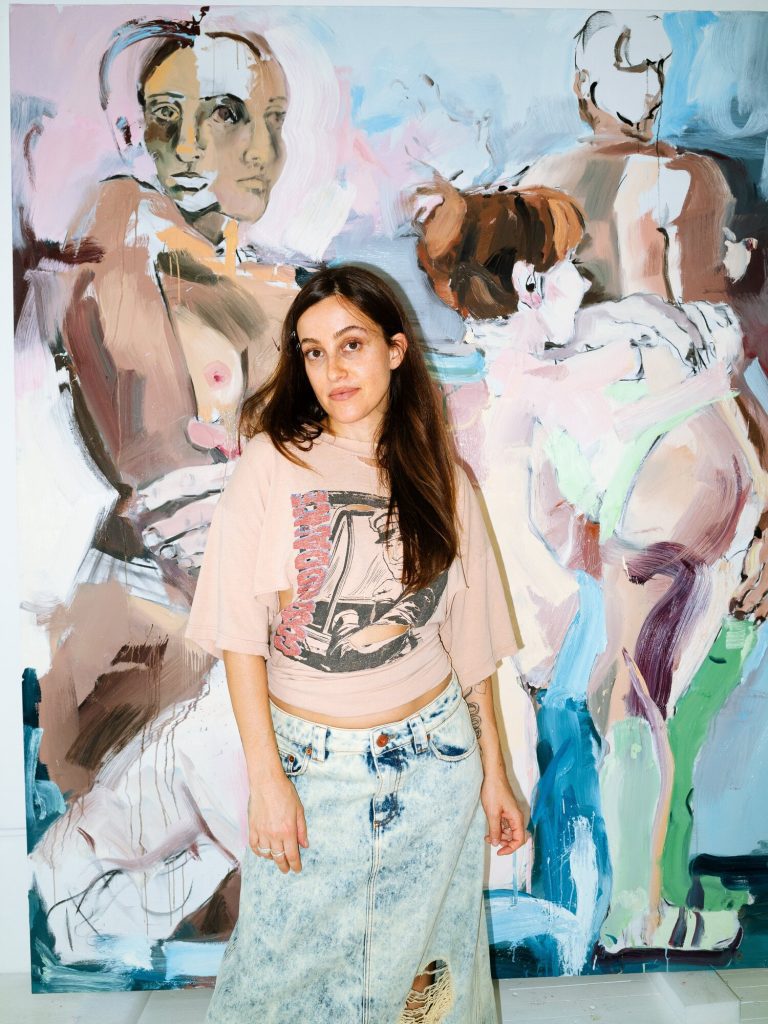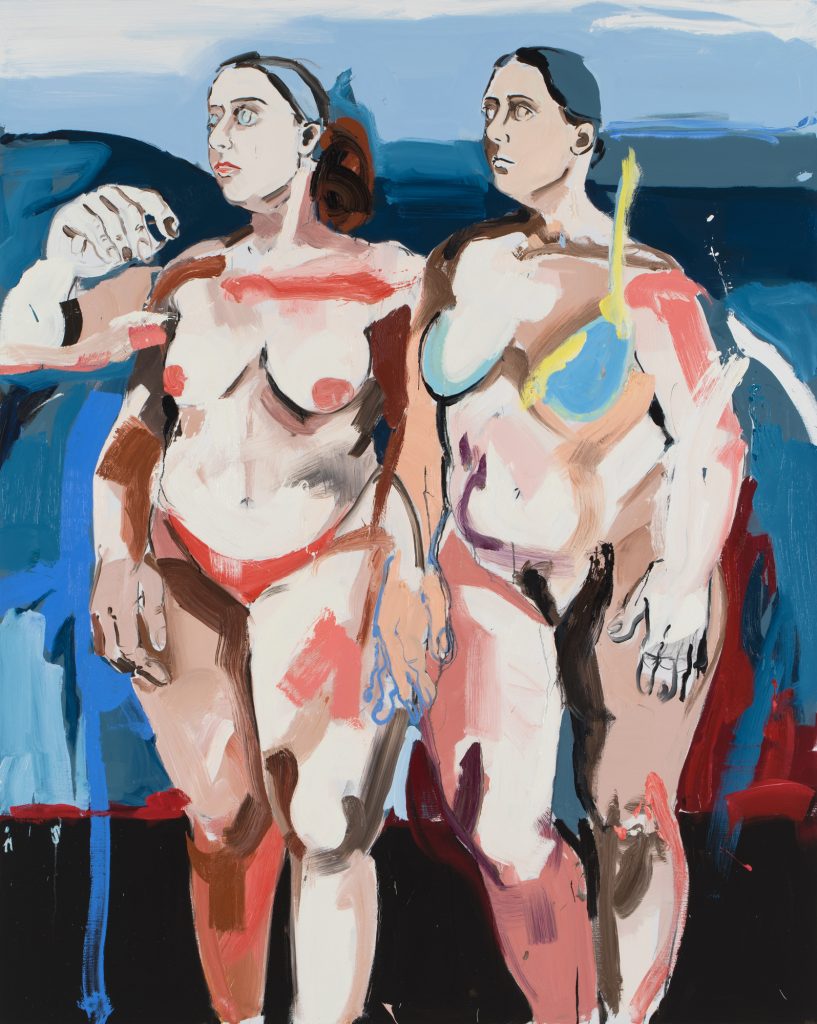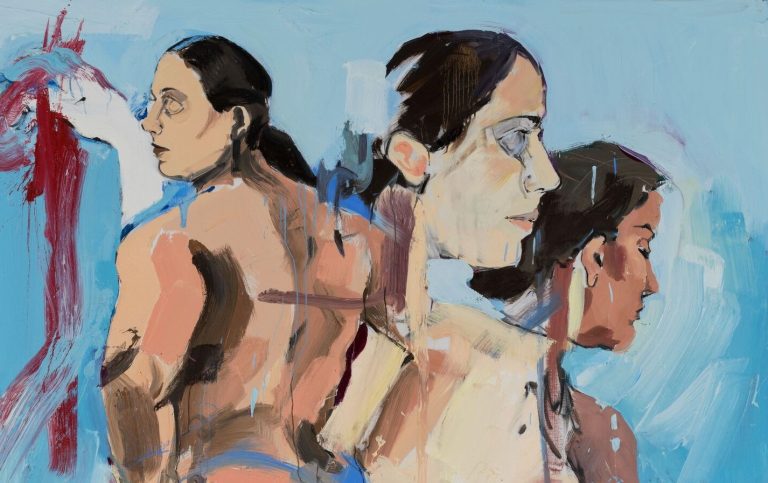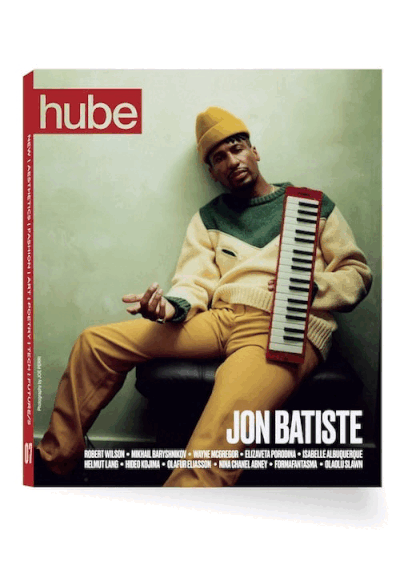

Courtesy of CRISTINA BANBAN, SKARSTEDT and PERROTIN
Cristina BanBan, a Barcelona-born artist now based in Brooklyn, captures the essence of womanhood with her lush, large-scale paintings. Known for her exaggerated figures, BanBan’s work combines personal memories with a modernist touch. Her recent exhibitions in New York, London and Tokyo showcase her unique style that balances between figuration and abstraction, celebrating the power and presence of women. A dynamic force in the contemporary art world that keeps creating extraordinary art with every brushstroke.
hube: Your exhibitions often explore themes of womanhood and strength. How do you see the role of women evolving in the contemporary art world, and how does your work contribute to this dialogue?
Cristina BanBan: I think the fact that we are still asking this question speaks for itself. I want to believe there is fairer representation for women in the arts, but we still have a long way to go. Women have always been the focal point of my practice, and over the years, I have noticed my own depictions of womanhood evolve and become more nuanced. Now, I see a more pronounced contrast between the personal and the universal in my work. While I use myself or models as starting points, my figures today exist beyond traditional portraiture.
h: Could you describe your process of transitioning from initial sketches to the final large-scale paintings? What challenges do you encounter during this transformation?
CBB: I select a set of images that inspire me, using photographs of models or images collected from the Internet. This first process is intimate, almost meditative, where I build images with simple lines to understand how the composition will work. It’s a moment of introspection where I begin to feel the colours and mood of the painting. As this grows, the work becomes much more physical and visceral, with my emotions taking control. The initial drawing becomes a guide or reference. The challenge is to ensure the result reflects this transformative process, with the image being impactful and the colours creating a dialogue between the figures and the background.
h: Your work balances elements of modernist figuration with gestural abstraction. How do you navigate and integrate these styles in your compositions?
CBB: Figuration is the language that came most naturally to me. But the freer I feel, the more abstract the work becomes, allowing me to detach from the realism I know. My goal is to achieve a balanced conversation between almost realism and pure abstraction.

